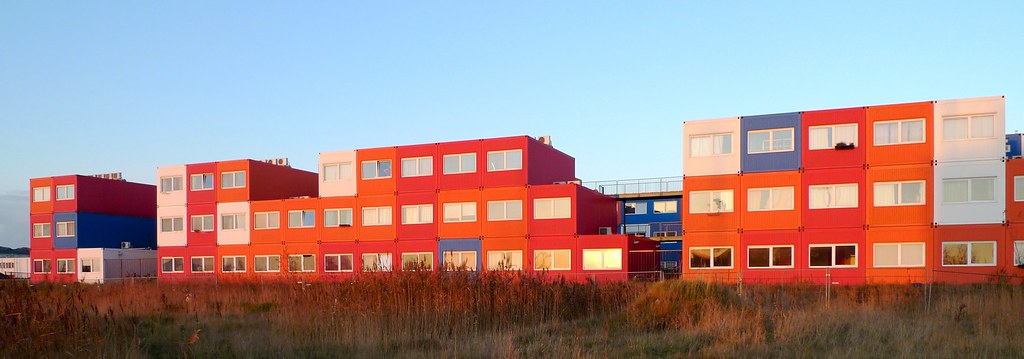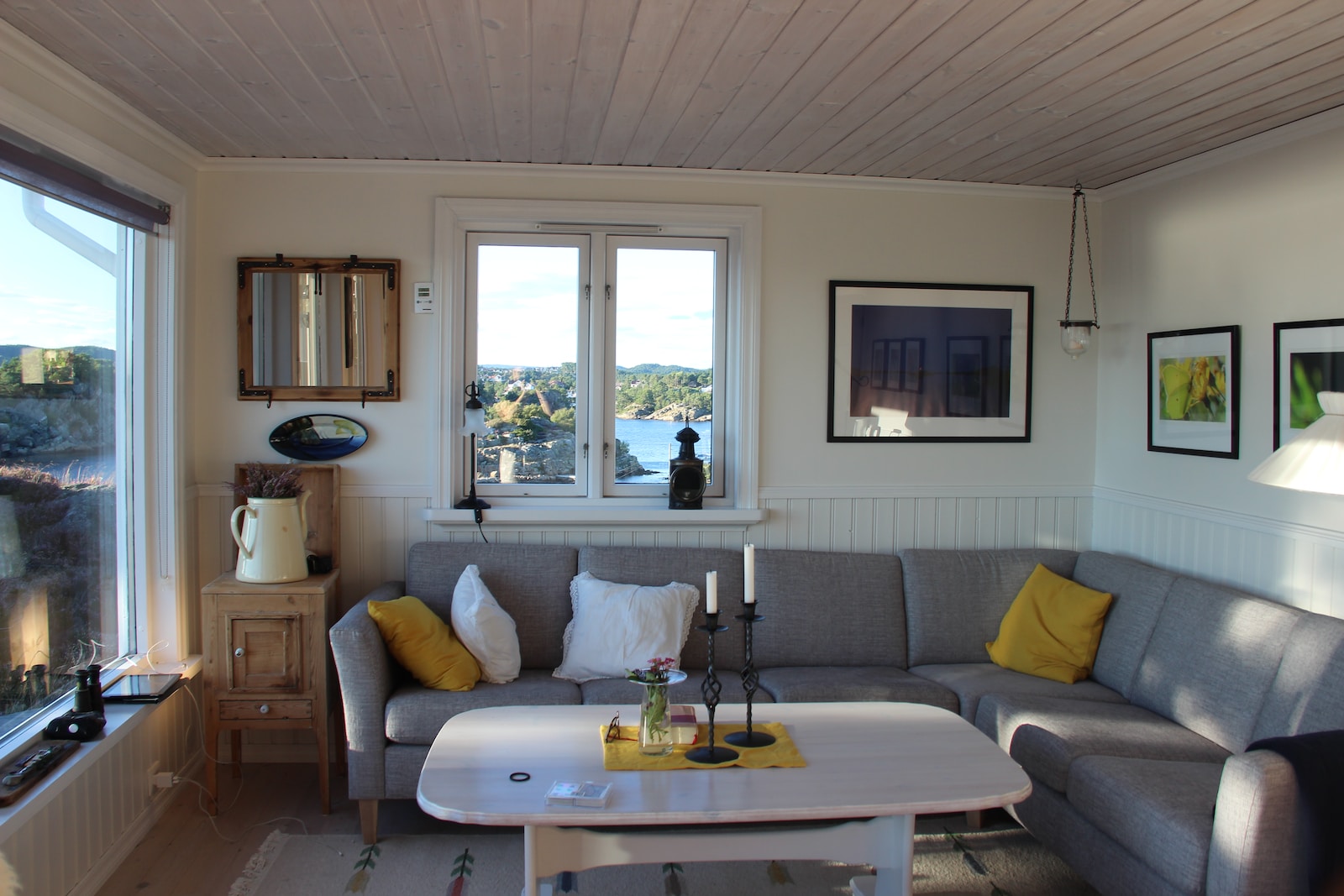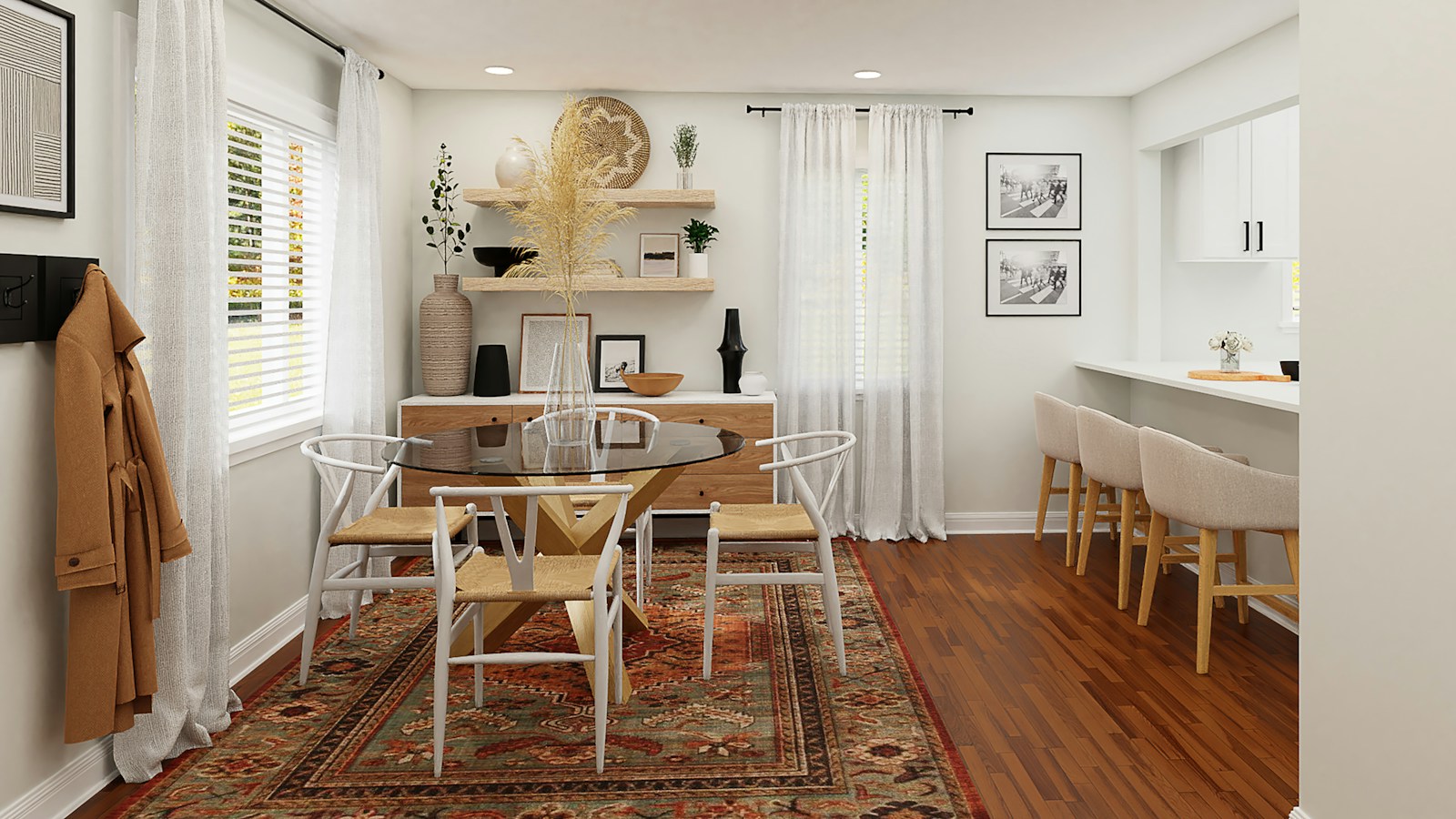Hey there, fellow container home enthusiasts! I’m Lulaa Black, and for the past four years, I’ve been diving headfirst into the fascinating world of container homes. As we explore this innovative housing option, today, we’re going to discuss a topic that might not be the first thing that comes to mind when we think about container homes: community planning. So, grab your favorite beverage and get comfy, because we’re about to delve into the intricacies of how community planning plays a vital role in the success of container home developments.
Understanding the Container Home Phenomenon
Before we dive into the nitty-gritty of community planning, let’s take a moment to appreciate what makes container homes so unique and appealing. Container homes have gained popularity for several compelling reasons. They are affordable, sustainable, and incredibly versatile. Shipping containers, which were once overlooked as mere vessels for transporting goods, have found a new purpose as building blocks for homes. Their sturdy construction and standardized dimensions make them ideal for creating eco-friendly, modular, and stylish living spaces.
Container homes have caught the attention of forward-thinking individuals who are looking for an alternative to traditional housing. From young professionals seeking an affordable first home to environmentalists concerned about reducing their carbon footprint, container homes offer a diverse range of benefits.
Community Planning: The Unsung Hero
So, what exactly is community planning, and how does it fit into the container home equation? Community planning involves the careful and thoughtful consideration of how people will live and interact in a particular area. It encompasses everything from infrastructure development to zoning regulations and public spaces. While it might not be the most glamorous aspect of container home living, it plays a pivotal role in determining the success and sustainability of container home developments.
Infrastructure Development: Building a Strong Foundation
Container homes, just like any other residential development, require reliable infrastructure. This includes roads, utilities, sewage systems, and more. In the context of container homes, communities must adapt and ensure that the existing infrastructure can support this unique housing option.
For instance, in places where container homes are gaining traction, forward-thinking community planners are considering modifications to the sewer systems to accommodate the smaller footprint of these homes. This is a clear example of how community planning can adapt to embrace innovative housing solutions.
Zoning Regulations: Navigating the Legal Maze

One of the most significant challenges that container home enthusiasts face is navigating the often complex world of zoning regulations. Local governments and municipalities have rules and codes that dictate what can and cannot be built in a given area. Container homes often fall into a gray area, as they are relatively new and don’t always fit neatly into existing zoning categories.
Community planning plays a crucial role in addressing these challenges. Planners can work with local governments to update zoning regulations and create container home-friendly zones. This paves the way for smoother, more legal container home developments.
Public Perception: Winning Hearts and Minds
Container homes, while gaining popularity, are still met with skepticism by some. Community planning can help address this by actively engaging with the community and ensuring that residents are well-informed about the benefits of container home living.
Successful container home developments often include educational campaigns and outreach programs to change public perception. These initiatives can showcase the sustainability, affordability, and innovative design of container homes, gradually winning over hearts and minds.
Real-World Examples of Successful Community Planning
Now that we’ve established the pivotal role of community planning in container home developments, let’s take a look at some real-world examples of successful projects.

Cargotopia is an ambitious container home development in Amsterdam. It’s a shining example of how community planning can transform a disused industrial area into a vibrant, sustainable community. By adapting infrastructure, updating zoning regulations, and emphasizing sustainable design, Cargotopia showcases the potential of container homes to revitalize a neighborhood.
Graceville Green is a container home community in Brisbane that’s at the forefront of public perception efforts. Community planners here have worked tirelessly to engage with residents and organize open houses to demystify container homes. This proactive approach has garnered widespread support for the project.
Las Vegas, known for its innovation and forward-thinking, has embraced container homes in the heart of the city. Container Village is a prime example of a development that celebrates the unique aesthetic of container homes while maintaining harmony with the surrounding urban landscape. The success of this project can be attributed to careful design guidelines and architectural review.
The Future of Container Home Developments
As we look to the future, it’s clear that container homes are here to stay. Their affordability, sustainability, and adaptability make them an appealing housing solution for a wide range of individuals and communities. The role of community planning will continue to evolve to accommodate and support the growth of container home developments.
To ensure the continued success of container homes, community planners must remain flexible, innovative, and forward-thinking. They should actively engage with container home enthusiasts and the broader community to address challenges and seize opportunities.
The container home phenomenon is an exciting and dynamic movement, and the role of community planning is an essential piece of the puzzle. By embracing the principles of sustainability, adaptability, and inclusivity, community planners can help shape a future where container homes are not just a unique housing choice but a mainstream, respected, and thriving community.
In conclusion, container home developments are more than just a trend; they’re a solution to housing challenges in the 21st century. And while the container itself might be the star of the show, it’s the community planners who help ensure the show goes on smoothly. So, here’s to the future of container homes, where innovation and thoughtful community planning walk hand in hand toward a brighter, more sustainable tomorrow. Cheers to that!



















Find Us on Socials